Anytime can be a good time to think about our love for this planet we so passionately like to travel on and explore. As Valentine’s Day approaches, are there Luxury Green Travel gift trips that provide tlc (tender loving care) for the planet and the traveler? How can we visit places and not harm the cultures and nature we seek? Machu Pichu, Patagonia, Kenyan safaris, Belize….
To learn more about how trips might be both “luxury travel” and “sustainable travel” and how they could count as Valentines for us and the people and places we touch, I contacted Irene Lane founder of Greenloons.
She describes her company: “Greenloons is the only web platform that connects mindful travelers with unique, meaningful and eco-certified travel experiences all over the world.”
Please check out her tips and five top trips, and share your own tips and trips in the Comments section to add your own “Valentines” to the earth (in what I will call “Thoughtful Luxury Travel” as we continue to explore what “green,” “sustainable” and “eco” and “luxury” mean.)
Why do you think it is important that we be responsible, thoughtful loving travelers?
Lane: “Genuine green travel that incorporates the values of social empowerment, economic viability and environmental responsibility can help travelers have more meaningful journeys and enable communities to achieve on their own where charities and international loans do not.”
How can luxury travel HELP not HURT?
Lane: “When done properly, luxury travel has the power to help communities AND help create unique travel experiences that benefit visitors. A luxury property that is built using locally-sourced sustainable materials, that links its natural resource capital such as landmarks, ecosystems and wildlife with financial capital, and that is locally managed/owned can help communities by increasing their standards of living, their collective pride and their likelihood for preserving their surrounding ecosystems for generations. The resulting experiences can provide visitors with opportunities for authentic cultural immersion as well as enlightening history, vistas, architecture and art.”
What are some of your top trips that you recommend that are both “luxury” and “sustainable”? Lane’s written answers are quoted below:
South America: Machu Picchu Trekking & Lodging Experience
“It is a seven day program and the only lodge-to-lodge trek to Machu Picchu. Adventurers trek among four mountain lodges from the Salkantay Peak of the Peruvian Andes to Machu Picchu.
“These four premier mountain lodges, stretching from the Salkantay Peak of the Peruvian Andes to the ancient Inca city of Machu Picchu, are committed to providing exciting travel experiences for their guests in a safe, eco-friendly and socially responsible manner. There are three unique adventure experiences available to visitors including a lodge-to-lodge trek, an equestrian program and a Peruvian immersion experience. Each adventure provides fun and interesting ways to enjoy the nature, culture and history of Peru while supporting local people and communities. The per person rate is $2,690 including accommodations, meals, luggage transport, activities and guide.”
The Luxury “All four mountain lodges, which are only used by trekking guests, have been designed and built in accordance with traditional building techniques, Inca architectural & mythological concepts, and respect for the surrounding environment. The lodges have private double, twin or triple rooms with private bathroom facilities (with hot water), outdoor Jacuzzis and saunas as well as personalized services such as professional massage. Gourmet meals, fine wine and seamless transport of your personal belongings by pack horses/mules round out the experience.”
Central America a la Alexandra Cousteau Expedition
“Central America: Alexandra Cousteau Expedition offers eight days in the footsteps of Explorer Alexandra Cousteau, experiencing Belize as she did when she was gathering information for “Expedition Blue Planet: Belize”, a documentary to raise awareness about Belize’s crucial water issues. Travelers will learn about the conservation work for endangered Scarlet Macaws, Maya Mountain Massif, Jaguars, Pumas, Ocelots and Raptors. The per person rate is $3,015 including internal air transport, accommodations, meals, activities, and guides.”
The Luxury: “The small resort of Blancaneux Lodge is a haven of relaxation and tranquility. Offering concierge, ‘private dining’ experiences as well as full dining services, the lodge is also a center of wildlife exploration, cultural interaction and discovery. The enchanted cottage at the lodge affords panoramic views of the Privassion Creek, surrounding valley and waterfalls all unfolding beyond the infinity pool. Luxury bathroom with steam room and open fire, full kitchen, wireless internet and private staff make this the ultimate hideaway with sustainability in mind.”
Africa: Greenloons Conservation Safari of Botswana,
“An exclusive for Greenloons’ clients only, it is a 12-day Botswana safari focusing on commerce, conservation, community and culture through its wildlife and tourism businesses that ensure the sustainability of conservation and wildlife areas of Botswana. The per person rate is $13,995 including luxury accommodation, internal air transfers, meals, activities, park and entrance fees, laundry, guides and applicable taxes.”
The luxury: “Greenloons Conservation Safari of Botswana Vumbura Plains Camp is a private luxury camp situated in the extreme north of the Okavango Delta. Vumbura Plains Camp comprises two separate seven-roomed satellite camps, each with its own raised dining, lounge and bar area tucked beneath a canopy of cool, shady, indigenous trees. Magnificent vistas across the Okavango Delta floodplains are a feature. A star-gazing deck with comfortable cushions protrudes into the floodplain, a place to gaze upwards, or a convivial campfire setting. Each large, luxurious room is raised off the ground on wooden decks and each comprises a bedroom, lounge, shower and full en-suite bathroom. Outdoor showers are standard. It is open on three sides, and the billowing curtains between the various areas create the sense of a yacht floating through the floodplains. Each room also has a plunge pool and ‘sala’ – a comfortable area to lie and relax, watching the waving grasses of the floodplain.”
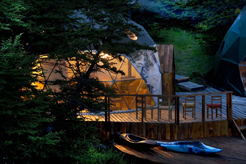
Eco-camp dome in Torres del Paine National Park in Patagonia, Photo courtesy of Cascada Expeditions, provided by Greenloons
South America: Patagonia United
“Explore the best of Chilean & Argentinean Patagonia including the highlights of Torres del Paine National Park in Chile and Los Glaciares NP and Perito Moreno in Argentina with the comfort and charm of private services, high-quality local accommodation including staying in a suite at the world’s first Geodesic dome camp and unparalleled nature. “
The Luxury: “Patagonia United” EcoCamp Suite domes cater to those looking to combine adventure and nature immersion with a more comfortable relaxed stay in the heart of Torres del Paine. Suite domes were designed for sleeping in the highest level of comfort allowed by sustainable development in a natural untarnished environment. They are comfortable 300 ft² Geodesic domes built in the same shape as the ancient Kaweskar tribe dwellings. Their structure produces minimal environmental impact while providing an efficient thermal and wind resistant unit, with great exposure to nature in the most magnificent Patagonian setting. Guests can gaze at the stars through the ceiling windows while falling asleep each night, after enjoying a spectacular sunset from their private terrace.”
Africa: Maasai Conservation Safari
“Kenya’s Campi ya Kanzi (Camp of the Hidden Treasure) is a community project with the local Maasai on their Kuku Group Ranch of 400 square miles. Set within the Chyulu Hills and overlooking Mount Kilimanjaro, the boutique eco-lodge built by the Maasai shelters only 16 guests at a time in the solitude and adventure of true wilderness. Guests stroll down (rather than ride in a 4×4 vehicle) the foothills of the savannah, go on walking safaris with a Maasai leader and learn cultural traditions from the Maasai by visiting them with their families at their homes, schools and medical clinic.

The Hemingway Suite of the Masai Conservation Safari, courtesy of Camp ya Kanzi, provided by Greenloons
The Luxury: “Located near Mount Kilimanjaro and at the foothills of the Chyulu Hills, you will be in one of the most iconic (if not the most iconic) places for a safari with many opportunities for spotting the ‘Big 5’. Campi ya Kanzi accommodates a maximum of 16 guests (within its 280,000 acres) in six thatched roof luxury tented cottages and in the Hemingway and Simba suites. The tented cottages and the suites are conveniently located, with ample distance from one to the other, to guarantee every guest’s privacy.
“Each accommodation has a dedicated Maasai attendant and all activities are customized based on your desires, from classic game drives in many different habitats, to lovely game walks with a Maasai guide and a Maasai tracker. Furniture was made at the camp with local logs (trees fallen by elephants). A table, two safari chairs, a colonial trunk, kilim rugs, brass lamps, shelves and hangers for your clothes, and daily fresh flowers complete the interior décor of the tented cottages. The suites feature a clothes room between the bedroom and the bathroom, and a sitting area next to the bed.
“All accommodations are constructed of stones, canvas, and wood, and they feature a full elegant bath with shower, bidet, basin, flush toilet and electric light. Bathrooms in the suites have double sinks. Brass plumbing fixtures add an unexpected touch of elegance and comfort, with hot (solar heated) and cold running water. Each accommodation has a wide veranda to let you enjoy superb views of Mt. Kilimanjaro, the Tsavo Hills, and the Chyulu Hills.”
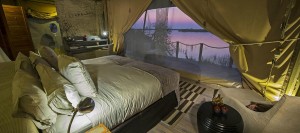
Travel with your conscience and body comfortable? Greenloons offers trips they say are both “Luxury” and “Green”
South America: Galapagos Islands Yacht Cruise
“Sail through the Galapagos Islands on a yacht that serves as a means to access, with minimal environmental impact, and learn about endangered species. With higher quality wildlife viewing spots away from the crowds and a certified naturalist on board, guests can go on nature and birding walks, sea kayaking through mangrove forests, swimming with sea lions, or just slipping into provided wetsuits and safely exploring on your own. Whatever the activity, guests are directly contributing to the economy and preservation of the archipelago.”
The Luxury: “Built in 1991 and refurbished annually, the company’s first-class yachts accommodate no more than 20 guests and feature three decks of spacious staterooms with polished teak interiors trimmed with brass fittings. Accommodations are fully air-conditioned with private bathrooms (hot and cold water showers), bio-degradable soap/shampoo dispensers, plenty of storage space, intercom and separate climate controls for comfort. There’s a dining room that serves gourmet international meals, a well-stocked bar and a conference area with a flat screen TV, library and panoramic picture windows. There is also the opportunity to relax in a lounge chair on the sun deck, enjoying sea breezes and a sky full of stars.”
How do you define “Sustainable” and” Luxury”? Hw can a traveler be comfortable and consciously thoughtful?
Lane: “Greenloons focuses on ecotourism, which is slightly different than sustainable tourism. Ecotourism travel focuses on the discovery of a natural or wildlife habitat in a manner that maximizes local economic and social goals, and reduces the possibility of environmental degradation. It is about preserving ecosystems, educating visitors about conservation, empowering localities, operating environmentally responsible tourist attractions – and, most of all, having fun and unique travel experiences! Greenloons defends the principles of ecotourism in that it should:
- Support the conservation of natural areas and wildlife
- Minimize air and water pollution as well as tourist waste
- Offer safe and enriching or educational visitor experiences
- Respect the cultural tradition of the host destination
- Maintain and enhance the landscape so as to avoid physical or environmental degradation
- Efficiently use scarce or non-renewable resources, and
- Maximize opportunities for local prosperity for the host destination in the form of long-term economic viability for tourism, local management control, quality employment, local retention of visitor spending, and fair distribution of economic and social benefits.
“While sustainable tourism does not deplete resources and allows for a smaller number of tourists to experience nature so as not to disturb an animal’s normal mating, feeding, or migratory patterns (i.e. rafting trips on a free flowing river), the difference with ecotourism is that there may not be a focus on the preservation of the natural habitat or a focus to economically benefit the host destination.
“Mindful travelers can search trips using various parameters including country, activity, departure date and eco-style. There are three eco-styles to choose from namely eco-luxurious, eco-ventional, and eco-nomical.
“Eco-luxurious trips are ones where travelers are not giving up the spirit of adventure to enjoy more comfort. Depending on the itinerary, which is for the most part customized, travelers will get around via upgraded transportation-using private vehicles, comfortable trains, and convenient flights (if applicable). As a result, they spend more time exploring. While this service level offers a greater number of inclusions, it still offers the flexibility to be independent with activities. Travelers are to expect accommodations that have been handpicked for their great locations, upgraded amenities, facilities and personalized service – all with sustainability in mind.”
For more information on “Eco-Certified” travel, click here.
For Greenloons’ “Six Traps to Avoid” in Eco Tourism Marketing, click here to download a pdf
Greenloon’s take on “What makes an Eco-Hotel”
Related Luxury Travel Maven’s articles:
Top Trips from the Global Sustainable Tourism Council
Travel in Central America: Nicaragua Adventures
Galapagos Snorkeling with Ecoventura, and other great snorkeling sites
Machu Pichu Travel by train in Peru (two articles)
Please add your own tips and trips for Luxury Green Travel in the comments section below.
Happy Valentines Day to you and the planet!
-Lisa TE Sonne for Luxury Travel Mavens
Bio provided by Irene Lane:
Irene Lane is the founder of Greenloons, which is a premier online resource dedicated to inspiring people to think different, be different and travel different – in ways that help to ensure a more sustainable planet. An advocate of social empowerment, financial viability and environmental preservation, Greenloons is the only web platform that connects mindful travelers with unique, meaningful and eco-certified travel experiences all over the world.
Prior to Greenloons, Irene was at eBay where she was recruited to manage an IT group assigned to solving difficult customer service challenges. She also spent more than 10 years working for various Fortune 500 companies as a process improvement specialist and overseeing software implementations. Her clients included high-tech companies as well as domestic and international government agencies.
Irene is a dual EU citizen who has lived in 5 countries and visited 30 more in Asia, Oceania, Latin America and Europe. Drawing upon her professional and personal experiences to address authentic ecotourism from community, ecological and financial points of view, Irene is a frequent conference speaker, blogger and radio talk show guest. She is a graduate of Boston University with a BA in Political Science, The American University with a MBA in International Finance, and earned a Certificate in Sustainable Tourism Management from George Washington University.

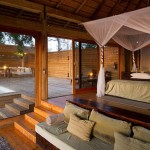
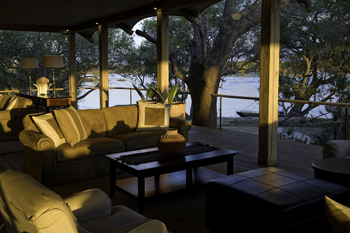
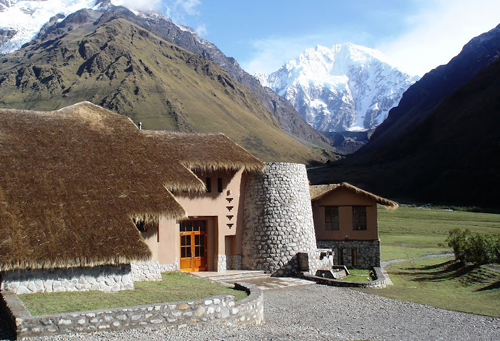
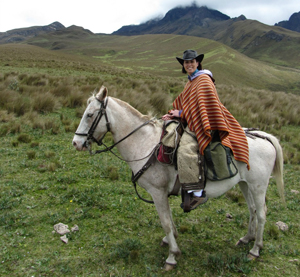
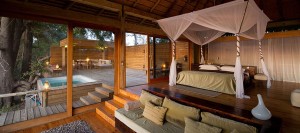
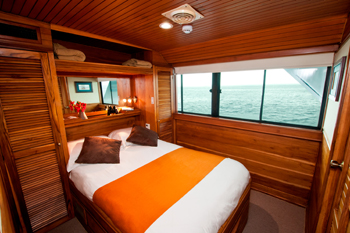
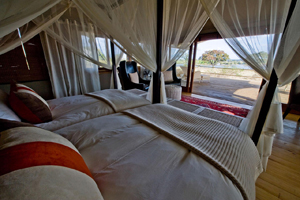



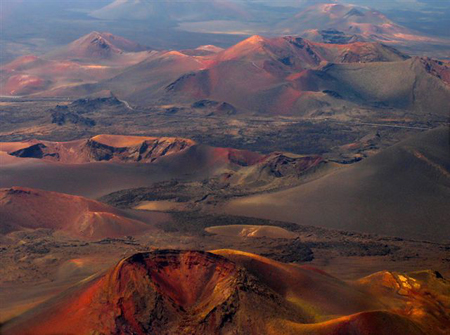
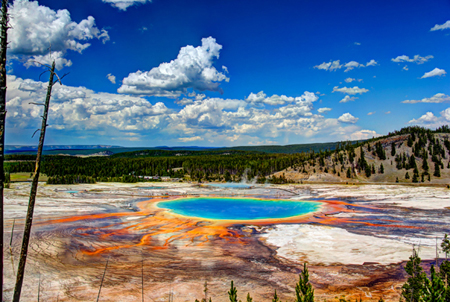
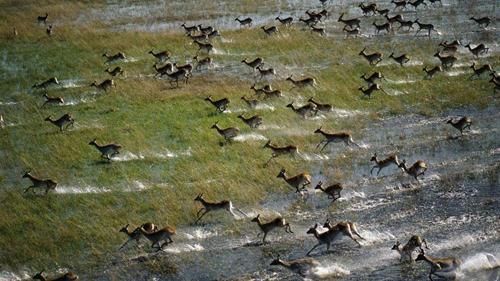
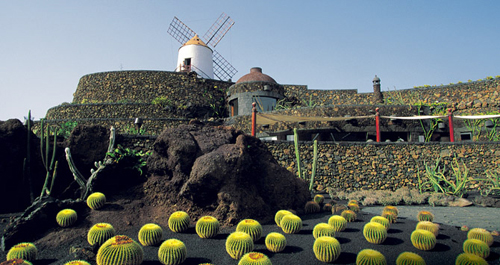
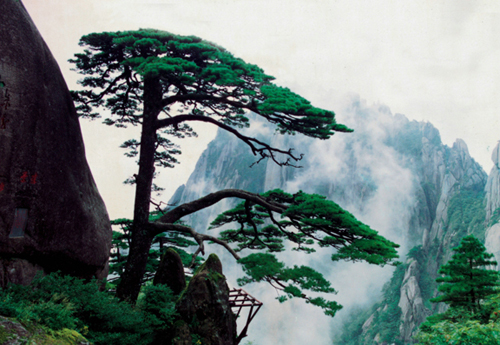

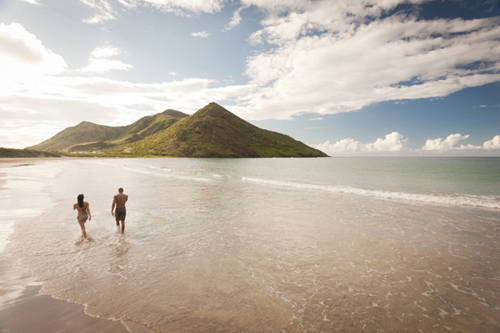
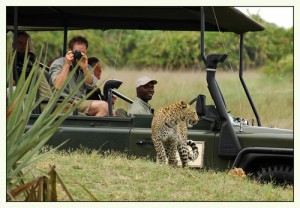
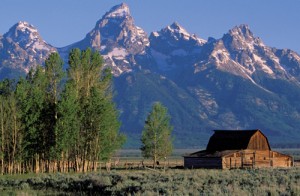
Recent Comments